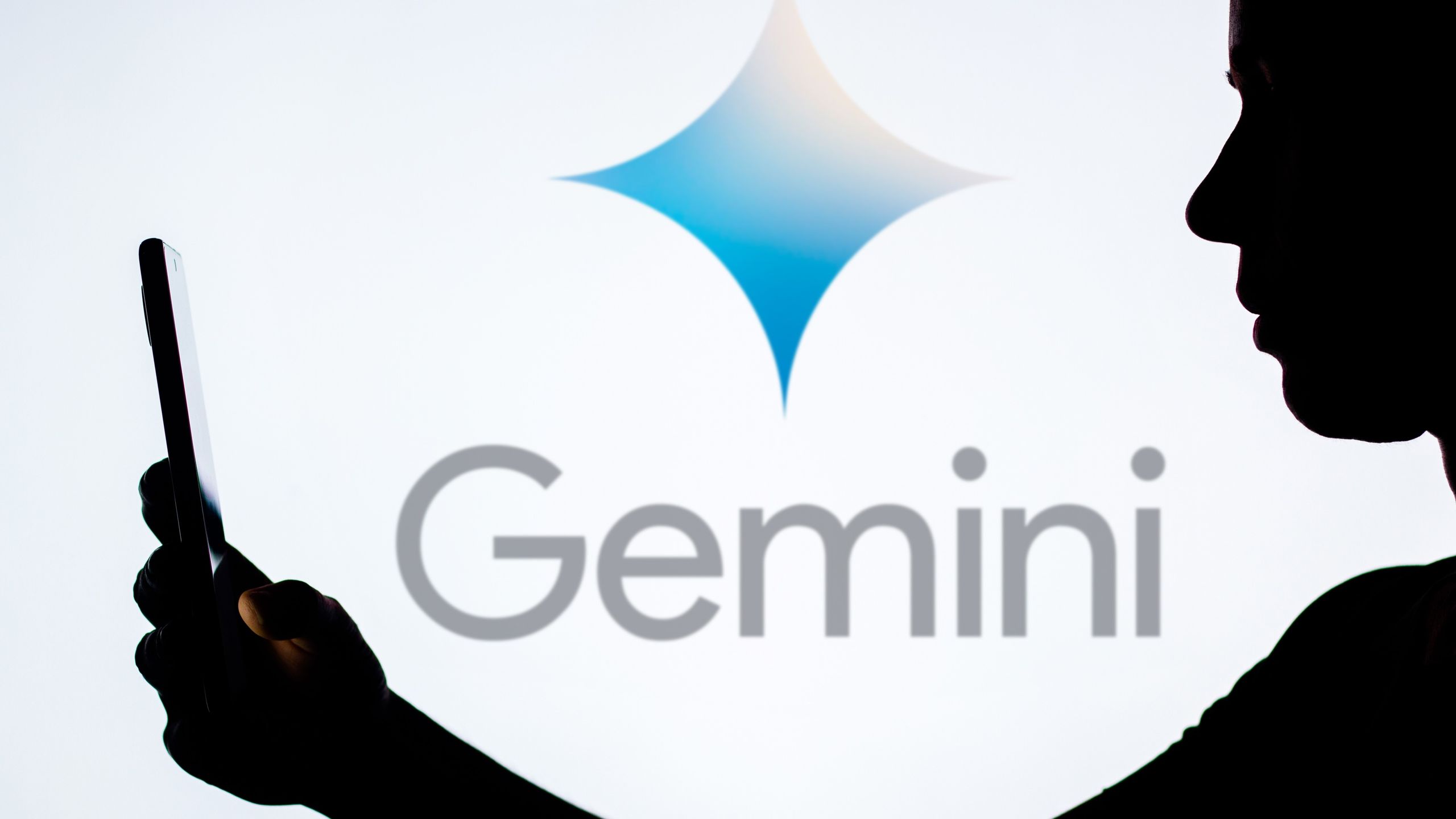Google-Yale AI Model Uncovers Hidden Cancer Cells, Offering New Treatment Path

Key Points
- Google and Yale University created a 27‑billion‑parameter AI model called Gemma.
- Gemma examined 4,000 drugs to find candidates that boost antigen presentation.
- The AI identified both known drugs and unexpected hits for tumor visibility.
- Laboratory tests confirmed that interferon plus silmitasertib increased tumor antigen presentation.
- The breakthrough could enable earlier detection of cancers that normally remain hidden.
- The study highlights AI’s capacity to solve complex biomedical problems.
- Researchers view the result as a potential "moonshot" for AI in medicine.
A joint effort by Google and Yale University has produced a 27‑billion‑parameter AI model, called Gemma, that can identify drugs capable of turning "cold" tumors visible to the immune system. The model evaluated 4,000 compounds, pinpointing both known agents and unexpected candidates. In laboratory tests, a combination of interferon and the AI‑selected drug silmitasertib boosted antigen presentation, effectively exposing previously hidden cancer cells. Researchers say the discovery could lead to earlier detection and new therapeutic strategies for cancers that often evade diagnosis.
Collaboration and Model Development
Google announced a partnership with Yale University to tackle one of oncology’s toughest challenges: making "cold" or hidden cancer cells visible to the immune system. The teams built a foundation model named Gemma, a 27‑billion‑parameter AI system designed to understand human cellular behavior. This model, referred to as C2S‑Scale 27B, was tasked with generating a hypothesis about how to create a drug that could act as a "conditional amplifier" for tumor visibility.
Breakthrough Findings
Smaller AI models failed the task, but Gemma succeeded by scanning a library of 4,000 drugs and predicting which ones would enhance antigen presentation on tumor cells. The system identified several drugs already known to have this effect and also highlighted surprising candidates that had not been previously associated with tumor immunogenicity. The researchers validated the AI‑generated hypothesis in the lab, combining interferon with the identified drug silmitasertib. The combination increased antigen presentation as predicted, making the previously "cold" tumors more detectable.
Potential Impact on Cancer Diagnosis and Treatment
The ability to expose hidden tumors could transform the detection and treatment of cancers that often go undiagnosed until they are advanced, such as certain prostate and breast cancers. By turning cold tumors into "hot" ones that attract immune cells, the discovery opens new avenues for early diagnosis and targeted therapies. The researchers describe the result as a proof that AI can generate actionable biomedical insights, suggesting a possible "moonshot" moment for artificial intelligence in medicine.
Broader Significance
Beyond the immediate findings, the study demonstrates how large‑scale AI models can address problems that have eluded human experts for years. While AI tools are already used for summarizing information and generating ideas, this work shows that they can also contribute to solving complex, high‑stakes scientific challenges. The collaboration underscores the growing role of AI in drug discovery and the potential for future breakthroughs that could improve patient outcomes.